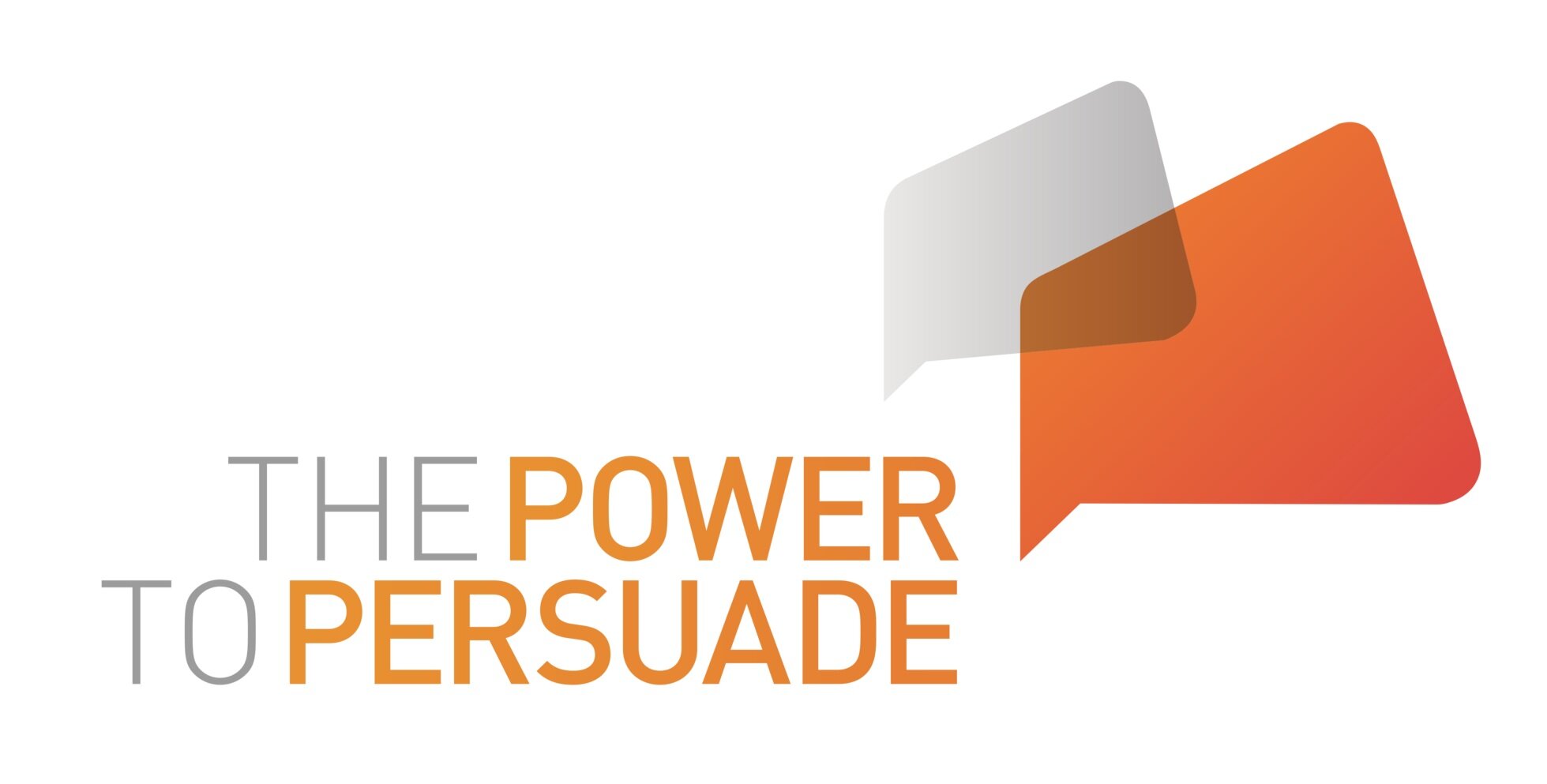Barriers and Enablers of Not-For-Profit Innovation in Australia
In the world of not-for-profits (NFPs), innovation rarely spreads through slick campaigns or formal mandates. It diffuses - slowly and informally - through people, relationships, and networks. Everett Rogers’ Diffusion of Innovations theory reminds us that new ideas don’t instantly take root; they spread when conditions are right, when early adopters lead by doing, and when the groundwork has been laid to support change.
That’s why this blog post by Mike Davis, General Manager of Innovation at Good Shepherd Australia and New Zealand (GSANZ) is so valuable. He’s generously sharing what many others are trying to piece together: a practical, tested framework for innovation in the NFP space that is grounded in real-world experience, not just theory. Mike reminds us that while shiny tech and tools often dominate the innovation conversation, the true (and often invisible) work of building an innovation-ready culture doesn’t always require big budgets. It just takes intention, structure, and a willingness to experiment.
If you’re just beginning to explore innovation, or if you’re further along but still figuring out how to embed it meaningfully, this reflection offers both inspiration and practical grounding.
This year marks my 10th year working in the not-for-profit sector in Australia as an executive leader. Despite spending many of these years in both entrepreneurship (outside my roles) and intrapreneurship on the job, it’s only my second year working directly in not-for-profit (NFP) innovation.
When you join a large global NFP and are given the privilege to design and launch the first innovation lab in its 161-year history in Australia, the first thing you do is desktop research and then hit LinkedIn and search your networks for anyone who works in innovation in the NFP sector.
After embarking on this process, I discovered that information about how innovation functions work in the NFP sector in Australia is informal and held within people and their networks. What is available online is usually research from abroad, occasional reports and publications from the innovation labs of major consultancies or the largest not for profits.
What surprised me the most was the dearth of locally published industry research or academic papers documenting what works for innovation in the NFP sector in Australia. Available and useful reports and insights were limited to digital innovation and artificial intelligence (AI).
When we read about and discuss innovation outside of the work context, the immediate focus is on technology-powered innovation and most recently what AI use cases or tools NFPs are developing in house.
For me this is skipping over an important discussion about what underlying conditions we need to cultivate to enable an innovation mindset and culture to grow and support these sorts of end of cycle product innovations. Naturally this brings me to icebergs.
Imagine that the visible emerged part of the iceberg is the product or service innovation you see once it’s been designed and implemented through an innovation cycle.
What you don’t see above the surface, the submerged part of the iceberg is where the focus needs to be at the first stage and as an ongoing thread throughout building innovation into a mindset, culture, ways of working and capabilities.
It shouldn’t be taken for granted that these supporting foundations of innovation are strong and robust. They need to be tested, evaluated and nudged in a direction that supports and promotes safe robust discussions, challenging long-held assumptions, experimentation and an appreciation that failure is okay and often what leads to great progress.
The question is how do you start to build this critical scaffolding as early as possible, so that you can effectively promote and diffuse an innovation mindset, culture, ways of working and capabilities?
Here’s an image of how we’ve gone about setting the conditions for innovation to thrive at Good Shepherd:
Ways of working that support a culture of innovation
All of these activities, programs, projects or touchstones help us to build out the right conditions for innovation to thrive at Good Shepherd. As you can see above, they are all free to do and do not require resourcing other than time and well-directed efforts.
We identified these activities based on the results of our first ever Good Sheperd Innovation Survey conducted in January. We plan to run this survey each year in January enabling us to set a baseline and track how the Audacity Centre has performed.
Things we are particularly interested in measuring over time include how staff perceive their skill and capabilities across domains of creativity, entrepreneurship, critical analysis, idea generation and problem solving.
We also want to understand how empowered staff feel to innovate as part of their roles and whether they are seeing good examples of innovation happening in their teams. We are also keen to understand whether our mix of activities are seen as valuable by staff and are working to promote innovation.
Australian not for profits are on a journey to prepare themselves for the wave of disruptive technological innovation that has already landed and what is certain to come soon. It’s now the perfect time to ensure your internal eco-system is ready to cultivate the necessary mindset, culture, capabilities and ways of working to maximise the opportunities promised by innovation in our sector.
If you want to learn more about how we might be able to support you on your innovation journey please contact Mike at mike.davis@goodshep.org.au.
Author: Mike Davis. General Manager, Innovation at Good Shepherd ANZ
Content Moderator: Dr. Jozica Kutin.



